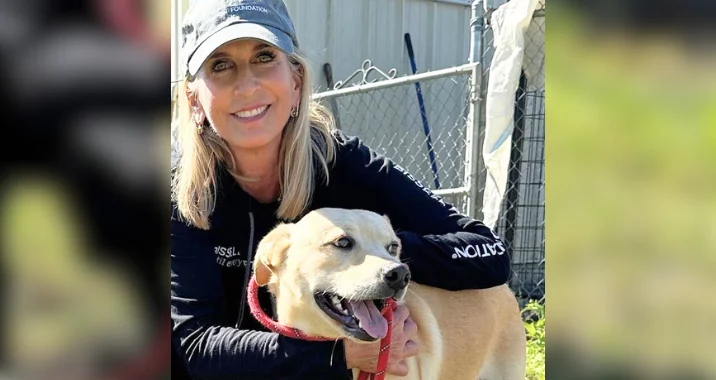Beyond Data: A Look at our Nation's Shelter Crisis
I want to talk about numbers, data, and reality. We rely on data to help us understand what is happening in the animal welfare industry. This data typically includes how many pets we are spaying and neutering, number of pets in our shelters, and how many pets get adopted, transferred, and transported. The data helps create our strategy for our continually evolving industry, but we cannot count on data alone. We cannot lose sight of the fact that circumstances have changed for homeless animals and the people caring for them.
When we look at the data, national intake numbers are below what we saw in 2019. Because of this, I have heard on more than one occasion, “It’s just not that bad, we are not up to pre-Covid intake numbers.” However, in 2019, the industry had more veterinarians and more staff. Today, shelters are experiencing a staffing crisis of epic proportions. They are struggling to care for their pets. The staffing crisis has also decreased transfers and transport and left shelters scrambling to get veterinary care for sickness, injury and spay/neuter. So, while intake is not up to the 2019 level, the paradigm shifted with the decrease in staff, and the number of animals is overwhelming.
Some shelters measure their success almost solely on live release rates. While a live release number of 90% is exciting, it loses luster when the animals in the facility are suffering. What the data does not show us is when there are three or more dogs in the same run, fighting over food and bullying the weakest. These numbers don’t reflect that staff is so overwhelmed with the vast number of pets in their care that animals suffer from illness and injury. Each pet is an individual sentient being, not a number. Consideration must be taken for each of them to ensure their basic needs are met.
What I am getting at here is that every single situation is different. We can look at the overall data, but we must recognize all the puzzle pieces. There is an overabundance of animals in our southern shelters. Regardless of if they are big, medium, small dogs, puppy or adult, there are too many adoptable pets within the shelter system, and their length of stay has increased, taxing the staff and the pets themselves. Many shelters are experiencing a significant influx in puppies in part due in part to the break the industry took during COVID on spay/neuter services. Now, there is a lack of veterinarians to catch back up. This is a crisis. Hundreds of puppies each month are crossing the threshold of our high intake shelters.
One data point that accurately reflects the reality is that transports and transfers are down. With limited staff, receiving shelters cannot take the number of pets they used to. Some of our nation’s largest and strongest shelters are running well under functional staff numbers. They were the lifeline for shelters with overwhelming intake. While we are all working hard to find sustainability in transport programs, staffing is a wild card we did not anticipate.
It’s not all doom and gloom. There are new and exciting innovations and concepts happening in the sheltering industry. But, while these programs impact almost every aspect of what we do to help animals and the people caring for them, how do shelters improve programming without staff and resources? How do we inspire them with innovation when they are down to 50% of staff and drowning in pets they cannot transport to even their most reliable partners? We have to think outside the box and meet them where they are, not where the data says they should be.
The call to action is this: we must recognize our nation’s shelters are in crisis. Whether it is a lack of staff, veterinary services, or high intake, all these factors are coming together and increasing euthanasia in the South, along with impacting the quality of care for the pets in the shelter system. Shelters that have not euthanized for space in years are now having to make those painful choices. Look at the data, absorb it, but then look at the reality. Don’t form opinions on data alone. Healthy, adoptable pets are still at risk. Let’s not let our guard down because the data tells us, “It’s just not that bad.”
Until every pet has a home,
Cathy Bissell



